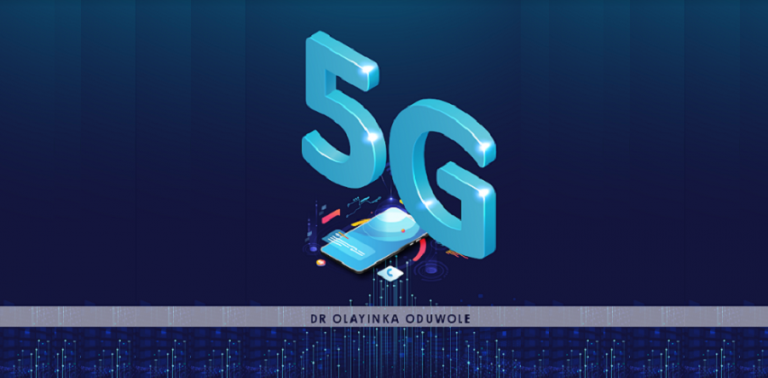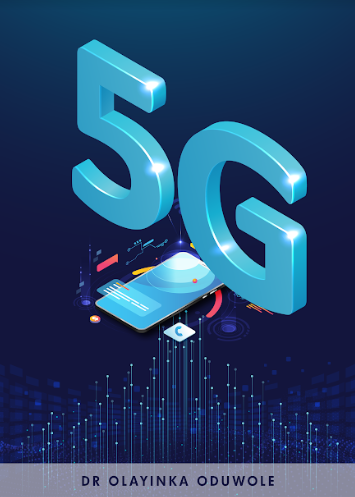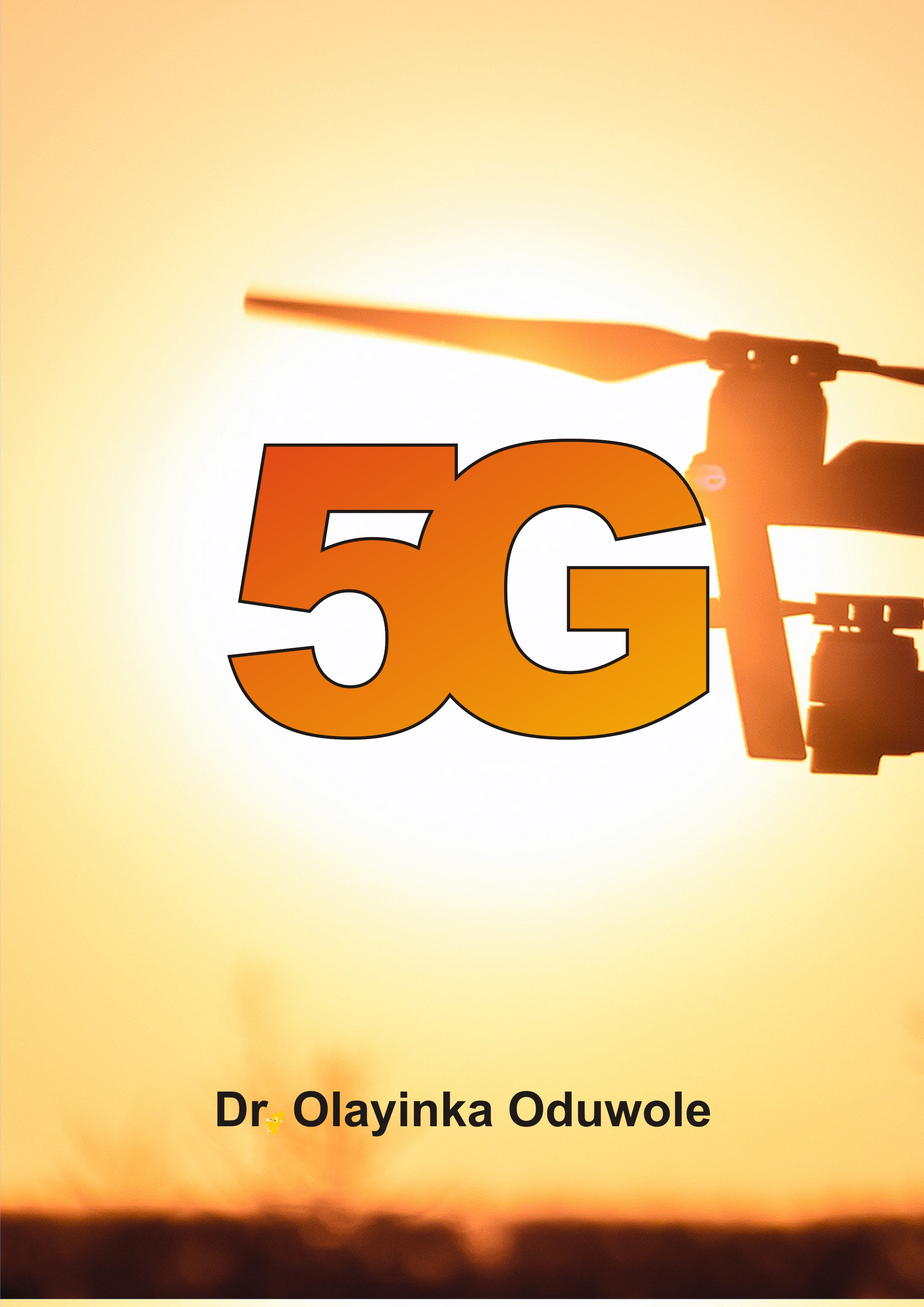
This book is on 5G technologies and developments. 5G is the fifth generation wireless technology for digital cellular networks. It represents a shift from consumer technologies to industrial technologies as it promises to lead to the development of a highly automated and intelligent environment which would revolutionize many industries and every part of the society.
Table of Contents
1.0 – 5G Introduction
- 1.1 What is 5G?
- 1.2 Applications of 5G
- 1.3 Ethical Implication of 5G
2.0 – 5G Spectrum
- 2.1 Spectrum Re-farming
- 2.2 Spectrum Sharing
- 2.2.1 Spectrum Sharing – Unlicensed bands
- 2.2.2 Spectrum Sharing – Under-utilized bands
- 2.3 New Spectrum from mm wave band
- 2.4 Dynamic Spectrum Management
- 2.5 Spectrum Harmonization
- 2.6 Summary
3.0 – Radio Technologies for Spatial Densification
- 3.1 Network Densification
- 3.2 Heterogeneous Network
- 3.3 Cloud RAN for Backhaul
- 3.4 Cooperative Communication
- 3.5 Summary
4.0 – 5G System Architecture
- 4.1 5G New Radio (NR
- 4.1.1 Carrier Aggregation
- 4.2 Non Stand Alone Architecture
- 4.3 Stand Alone Architecture
- 4.4 Summary
5.0 – 5G Core (5GC)
- 5.1 Network Slicing
- 5.2 Network Function Virtualization
- 5.3 Software Defined Networking
- 5.4 Control User Plane Separation (CUPS)
- 5.5 Mobile Edge Computing
- 5.6 Summary
6.0 – Other Technologies and Developments
- 6.1 Other Technologies
- 6.2 Waveforms and Access Technologies
- 6.3 Security and Privacy
- 6.4 Green Communication Technologies
7.0 – Conclusion
References



